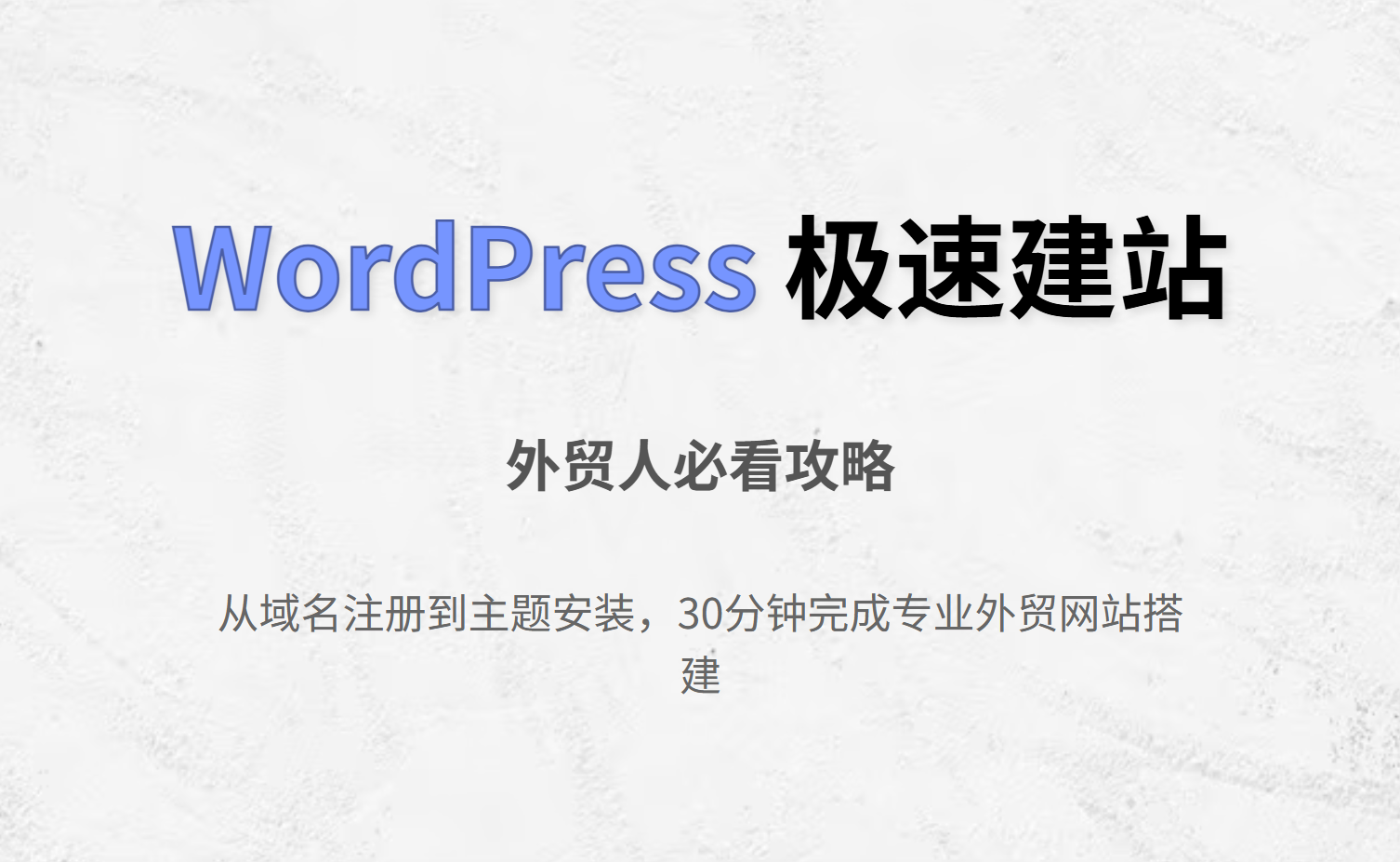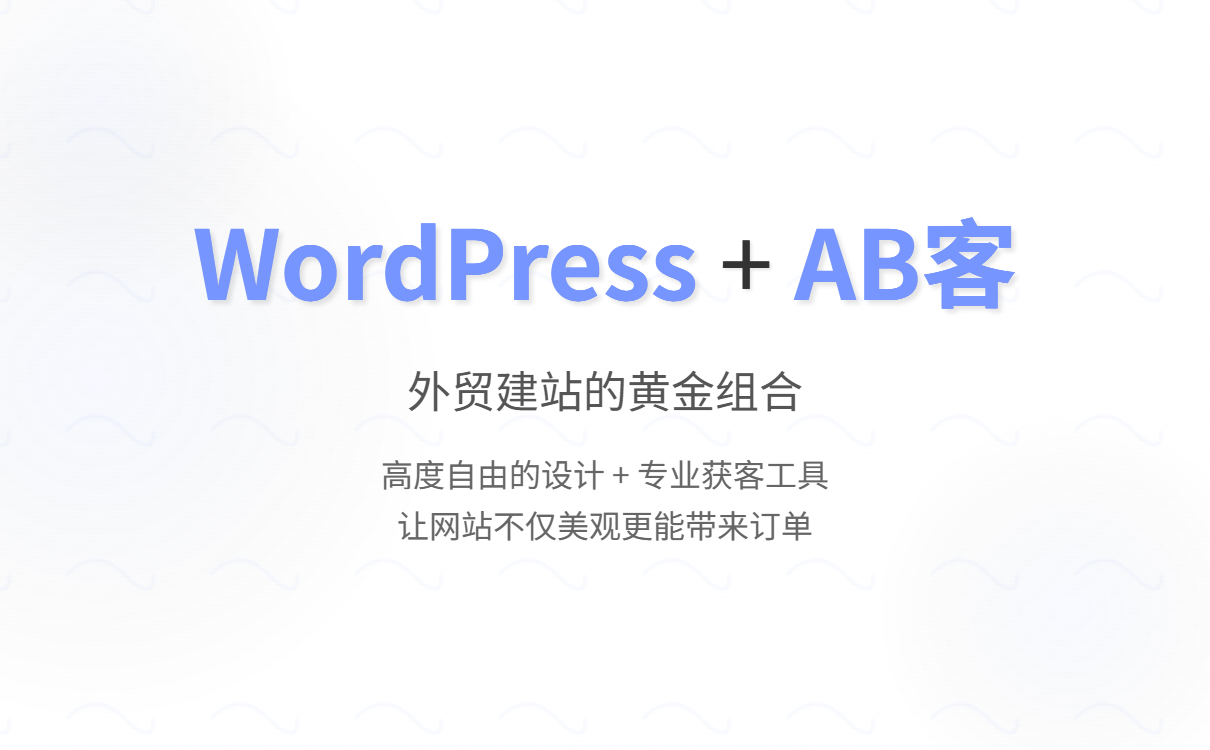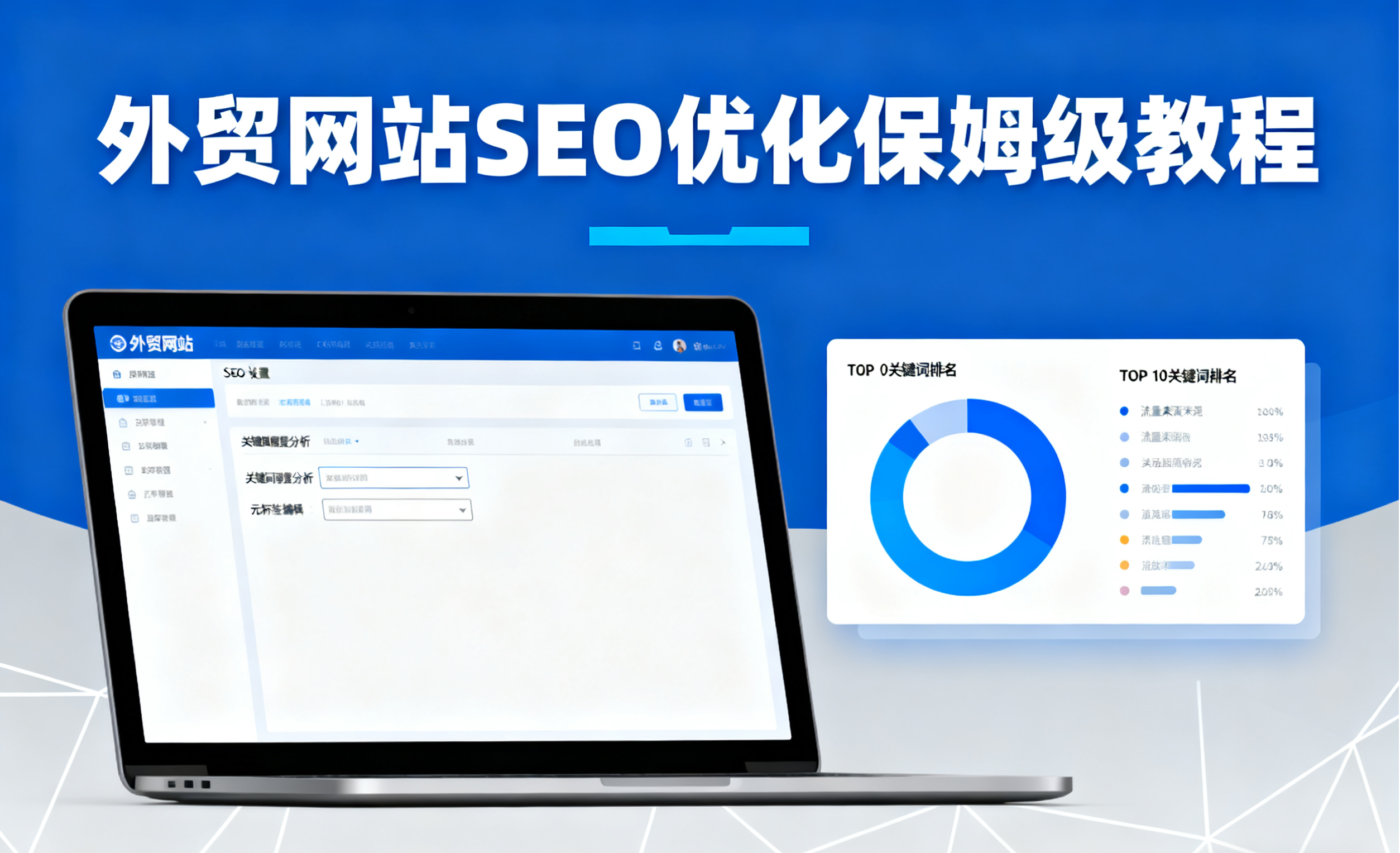
Are you still struggling with low conversion rates and high visitor churn on your old website? You're not alone. Many traditional manufacturing B2B companies face similar challenges when it comes to their online presence. But here's the good news: you don't have to rebuild your entire website to see a significant improvement in your results. In this article, we'll show you a lightweight upgrade path that can help you boost your inquiry volume without breaking the bank.
Before we dive into the solutions, let's take a closer look at the root causes of low conversion rates on your website. One of the most common issues is a high bounce rate, which means that visitors are leaving your site quickly without taking any action. This could be due to a variety of factors, such as slow loading times, poor user experience, or irrelevant content.
Another issue is a lack of clear calls-to-action (CTAs). If your visitors don't know what you want them to do next, they're less likely to take any action at all. This could be as simple as not having a prominent contact form or a clear button that says "Contact Us" or "Request a Quote."

The first step in solving any problem is to diagnose it accurately. That's where data comes in. By using tools like heatmaps and behavior path analysis, you can get a better understanding of how your visitors are interacting with your website and where they're dropping off.
Heatmaps are a visual representation of where your visitors are clicking, scrolling, and spending the most time on your website. This can help you identify areas that are getting a lot of attention and areas that are being ignored. Behavior path analysis, on the other hand, shows you the sequence of pages that your visitors are visiting and where they're dropping off.
By combining these two tools, you can get a comprehensive view of your website's performance and identify the bottleneck pages that are causing the most problems. Once you've identified these pages, you can start to make targeted improvements to increase your conversion rates.
Once you've diagnosed the problem, it's time to start making some changes. One of the most effective ways to optimize your website is to use AI to help you make data-driven decisions. AI can analyze your website's performance data and provide you with personalized recommendations for improving your CTAs, content, and user experience.
For example, AI can help you optimize the placement and design of your CTAs to make them more visible and compelling. It can also analyze your content and provide you with suggestions for improving the readability and relevance of your copy. By using AI to optimize your website, you can save time and effort while achieving better results.

In today's mobile-first world, it's essential to have a website that performs well on mobile devices. According to recent statistics, over 50% of all website traffic comes from mobile devices, and mobile users are more likely to convert than desktop users. That's why it's important to optimize your website for mobile performance.
One of the most effective ways to optimize your mobile performance is to use techniques like lazy loading and CDN acceleration. Lazy loading is a technique that allows you to defer the loading of non-essential resources, such as images and videos, until they're actually needed. This can significantly reduce the initial load time of your website and improve the user experience.
CDN acceleration, on the other hand, is a technique that allows you to cache your website's content on servers located closer to your visitors. This can reduce the latency and improve the speed of your website, especially for visitors who are located far away from your server.
To illustrate the effectiveness of these techniques, let's take a look at a real-world case study. Company XYZ is a traditional manufacturing B2B company that was struggling with low conversion rates on their old website. They decided to implement the lightweight upgrade path outlined in this article and saw some amazing results.
| Metric | Before | After |
|---|---|---|
| Bounce Rate | 60% | 30% |
| Conversion Rate | 2% | 5% |
| Mobile Loading Time | 8 seconds | 1.5 seconds |
As you can see, by implementing these techniques, Company XYZ was able to significantly reduce their bounce rate, increase their conversion rate, and improve their mobile performance. This resulted in a significant increase in their inquiry volume and revenue.
If you're interested in implementing these techniques on your own website, we recommend checking out the AB客 Intelligent Website Building System. This system is designed to help B2B companies quickly and easily build and optimize their websites for maximum conversion rates.
The AB客 Intelligent Website Building System uses AI to analyze your website's performance data and provide you with personalized recommendations for improving your CTAs, content, and user experience. It also includes a variety of tools and features for optimizing your mobile performance, such as lazy loading and CDN acceleration.

Best of all, the AB客 Intelligent Website Building System offers a free trial, so you can try it out for yourself and see the results before you commit. Don't miss out on this opportunity to take your website to the next level and increase your overseas market acquisition. 立即体验AI一键建站,3分钟生成多语言营销页
.png?x-oss-process=image/resize,h_100,m_lfit/format,webp)
.png?x-oss-process=image/resize,h_100,m_lfit/format,webp)

.png?x-oss-process=image/resize,h_100,m_lfit/format,webp)
.png?x-oss-process=image/resize,h_100,m_lfit/format,webp)
.png?x-oss-process=image/resize,h_100,m_lfit/format,webp)
.png?x-oss-process=image/resize,h_100,m_lfit/format,webp)
